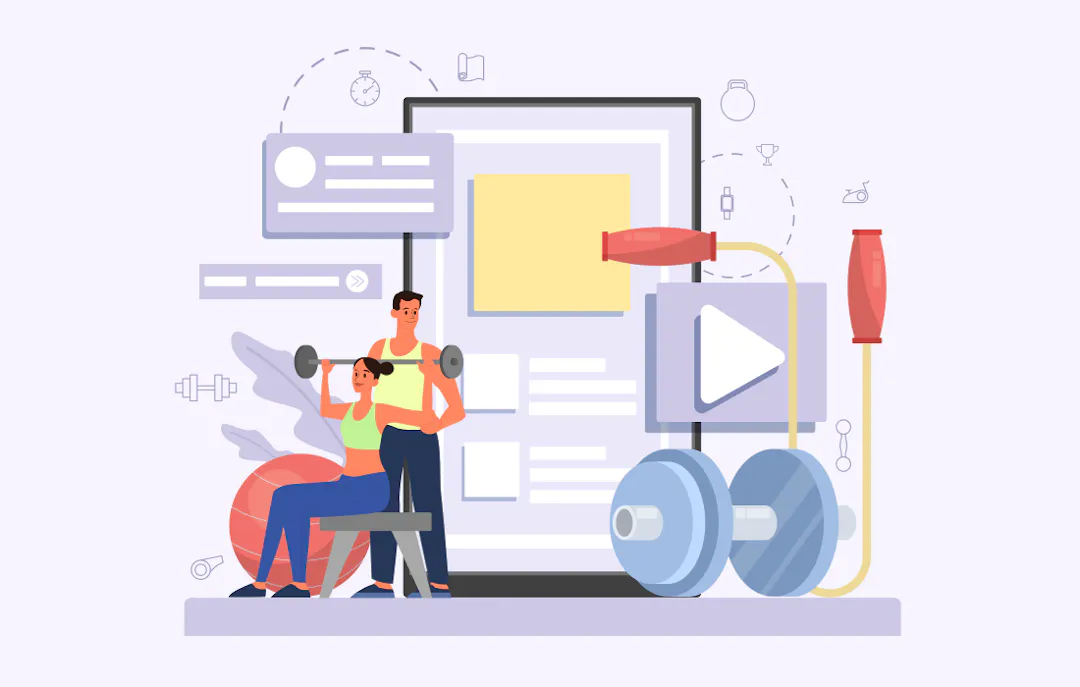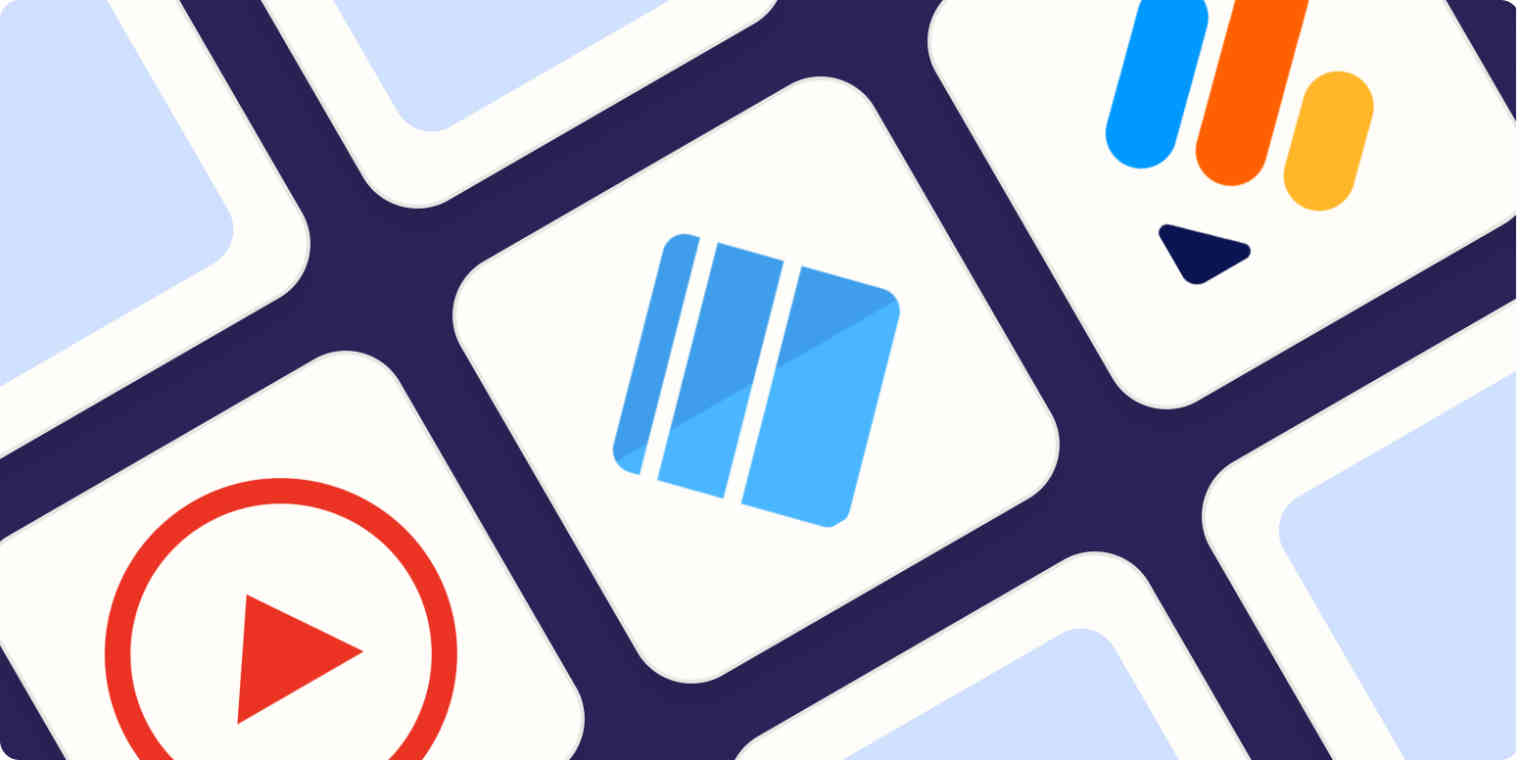Introduction to Health and Fitness Apps
Keeping fit and healthy has become a key goal for many people in today’s fast-paced society. With the increasing popularity of smartphones and mobile applications, health and fitness apps have emerged as a powerful tool to help people achieve their wellness goals. These apps offer a wide range of features, from tracking workouts and monitoring nutrition to providing personalized fitness plans and connecting users with health professionals. The demand for health and fitness apps is skyrocketing, making it a lucrative market for developers to tap into.
Benefits of Developing a Health and Fitness App
Developing a health and fitness app comes with a multitude of benefits. Firstly, it allows you to make a positive impact on people’s lives by helping them lead healthier lifestyles. With the right features and functionalities, your app can become a personal trainer, nutritionist, and wellness guide, all rolled into one. Secondly, the growing popularity of health and fitness apps presents a tremendous business opportunity. By creating an app that caters to the needs of health-conscious individuals, you can generate a steady stream of revenue through app downloads, in-app purchases, and advertising. Lastly, developing a health and fitness app allows you to establish your brand as a leader in the digital wellness industry, gaining recognition and credibility among users.
Types of Health and Fitness Apps
Health and fitness apps can be broadly categorized into several types, each catering to different aspects of wellness. Firstly, there are workout apps that provide users with a variety of exercise routines, video tutorials, and progress-tracking features. These apps are ideal for individuals looking to stay active and get in shape. Secondly, there are nutrition apps that help users track their calorie intake, plan meals, and monitor their nutritional goals. These apps are perfect for those who want to maintain a healthy diet. Thirdly, there are meditation and mindfulness apps that guide users through relaxation techniques, breathing exercises, and stress management practices. These apps are designed to promote mental well-being. Lastly, there are wellness apps that combine elements of fitness, nutrition, and mindfulness to provide users with a holistic approach to health.
Market Analysis and Target Audience
Before diving into the development process, it is essential to conduct a thorough market analysis to understand the competition and identify your target audience. Analyze existing health and fitness apps to determine their strengths and weaknesses. Pay attention to user reviews and ratings to gain insights into user preferences and pain points. Additionally, identify your target audience based on demographics, interests, and lifestyle habits. Are you targeting fitness enthusiasts, busy professionals, or individuals with specific health conditions? Understanding your target audience will help you tailor your app’s features, design, and marketing strategies to meet their needs effectively.
Features and Functionalities of a Health and Fitness App
The success of your health and fitness app depends on the features and functionalities it offers. Here are some essential features to consider:
- User Registration and Profile Creation: Allow users to create personalized profiles with their basic information, fitness goals, and preferences.
- Workout Tracking: Provide a comprehensive library of workout routines with step-by-step instructions, along with the ability to track progress and set goals.
- Nutrition Tracking: Enable users to log their meals, track calorie intake, and monitor their macronutrient ratios.
- Health Data Integration: Integrate with wearable devices and other health apps to track metrics such as heart rate, sleep patterns, and steps taken.
- Social Community: Create a community within your app where users can connect, share their progress, and provide support to each other.
- Personalization: Offer personalized workout plans and meal recommendations based on users’ goals, preferences, and health conditions.
- Push Notifications: Send reminders and motivational messages to keep users engaged and motivated.
- Gamification: Incorporate game-like elements such as badges, challenges, and rewards to enhance user engagement and encourage healthy habits.
Cost Considerations for Developing a Health and Fitness App
The cost of developing a health and fitness app can vary significantly depending on various factors. These include the complexity of features, the platform(s) you choose to develop for (iOS, Android, or both), the development approach (native or hybrid), and the expertise of the development team. Native app development tends to be more expensive but offers better performance and user experience. On the other hand, hybrid app development can be more cost-effective and allow for quicker development and deployment. It is crucial to allocate a budget for both the initial development phase and the ongoing maintenance and updates of the app.
Choosing the Right Development Approach – Native vs Hybrid App
When developing a health and fitness app, one critical decision you’ll need to make is choosing between a native or hybrid app development approach. Native apps are specifically designed for a particular platform, such as iOS or Android, utilizing the platform’s native programming language and frameworks. These apps offer superior performance and access to device-specific features. On the other hand, hybrid apps are built using web technologies like HTML, CSS, and JavaScript, wrapped in a native container. They can be deployed on multiple platforms with a single codebase, making them more cost-effective and easier to maintain. Consider your target audience, development timeline, and budget when deciding which approach is right for your health and fitness app.
Designing a User-Friendly Interface for Your Health and Fitness App
User interface (UI) and user experience (UX) design play a crucial role in the success of your health and fitness app. User happiness and engagement are increased by a well-thought-out and user-friendly interface. Here are some key principles to keep in mind when designing your app’s UI:
- Simplicity: Make sure the interface is clear, simple to use, and clutter-free. Don’t overwhelm users with many options or intricate design elements.
- Consistency: Maintain a consistent design language throughout the app to create a seamless user experience. Use standard UI elements and familiar patterns.
- Visual Appeal: Use visually appealing colors, fonts, and graphics that align with your brand’s identity. Ensure that text is legible and buttons are easily clickable.
- Responsiveness: Optimize your app’s design for various screen sizes and orientations. Ensure that all elements are easily accessible on both smartphones and tablets.
- Accessibility: Consider users with disabilities and incorporate accessibility features such as resizable text, voice commands, and color contrast adjustments.
- Feedback and Error Handling: Provide clear feedback to users when they perform actions or encounter errors. Use appropriate error messages and tooltips to guide users.
Testing and Launching Your Health and Fitness App
Before launching your health and fitness app, thorough testing is crucial to ensure that it functions flawlessly and meets the expectations of your users. Conduct both functional and usability testing to identify any bugs, glitches, or areas for improvement. Test your app on various devices, operating systems, and network conditions to ensure compatibility and performance. Additionally, gather feedback from a select group of beta testers to gain insights and make necessary refinements. Once you are confident in the stability and usability of your app, it’s time to submit it to the app stores for approval and launch.
Marketing and Promoting Your Health and Fitness App
To stand out in the competitive health and fitness app market, effective marketing and promotion strategies are essential. Here are some strategies to consider:
- App Store Optimization (ASO): Optimize your app’s title, description, and keywords to improve its visibility in the app stores. Encourage users to leave positive reviews and ratings to boost rankings.
- Social Media Marketing: Leverage popular social media platforms to create a buzz around your app. Share engaging content, success stories, and user testimonials to attract potential users.
- Influencer Partnerships: Collaborate with fitness influencers, wellness experts, and celebrities to endorse your app and reach a wider audience.
- Content Marketing: Create informative blog posts, videos, and podcasts related to health and fitness to establish your brand as an authority in the industry. Include links to your app in your content.
- Paid Advertising: Invest in targeted pay-per-click (PPC) advertising campaigns on platforms like Google Ads and social media to reach your ideal users.
- Referral Program: Implement a referral program that rewards users for inviting their friends to download and use your app. This can help drive organic growth and increase user retention.
Monetization Strategies for Health and Fitness Apps
There are several monetization strategies you can implement to generate revenue from your health and fitness app:
- Freemium Model: Provide a free, feature-limited version of your program for basic users. Charge users for premium features, additional content, or a subscription plan.
- In-App Purchases: Provide users with the option to purchase virtual goods, such as workout plans, recipes, or exclusive content, within your app.
- Subscriptions: Offer subscription plans with recurring payments, providing users with access to premium features, personalized coaching, or exclusive content.
- Advertising: Display relevant ads within your app and earn revenue through impressions or clicks. Ensure that the ads do not disrupt the user experience.
- Partnerships and Sponsorships: Collaborate with fitness brands, gyms, or wellness services to promote their products or services within your app in exchange for sponsorship or commission.
Conclusion
Developing a health and fitness app can be a rewarding endeavor both personally and professionally. By understanding the market, identifying your target audience, and incorporating the right features and functionalities, you can create an app that not only helps users achieve their wellness goals but also generates revenue for your business. Remember to prioritize user experience, thoroughly test your app, and implement effective marketing strategies to maximize its success. With the right approach and dedication, your health and fitness app can make a lasting impact on the lives of millions of users worldwide.




